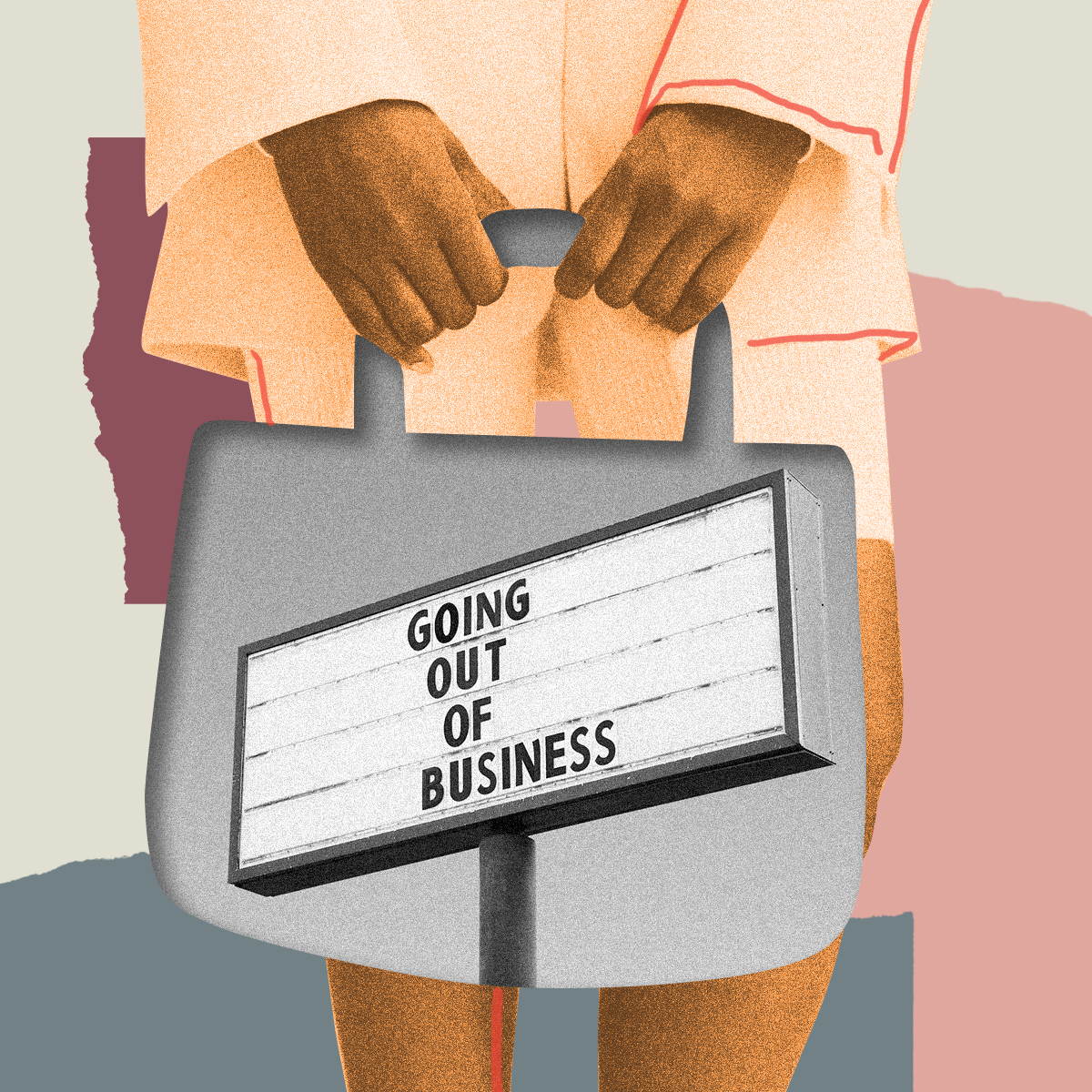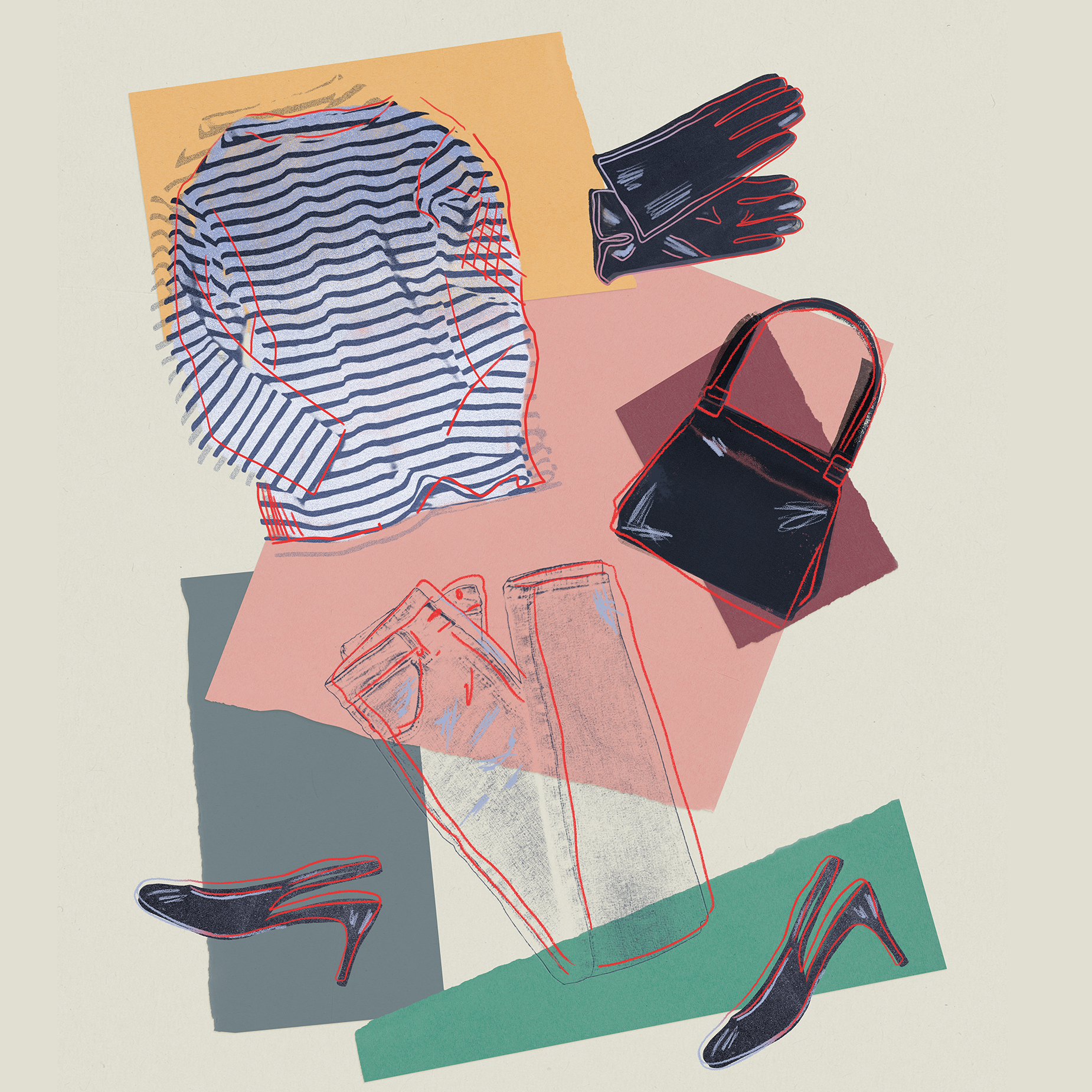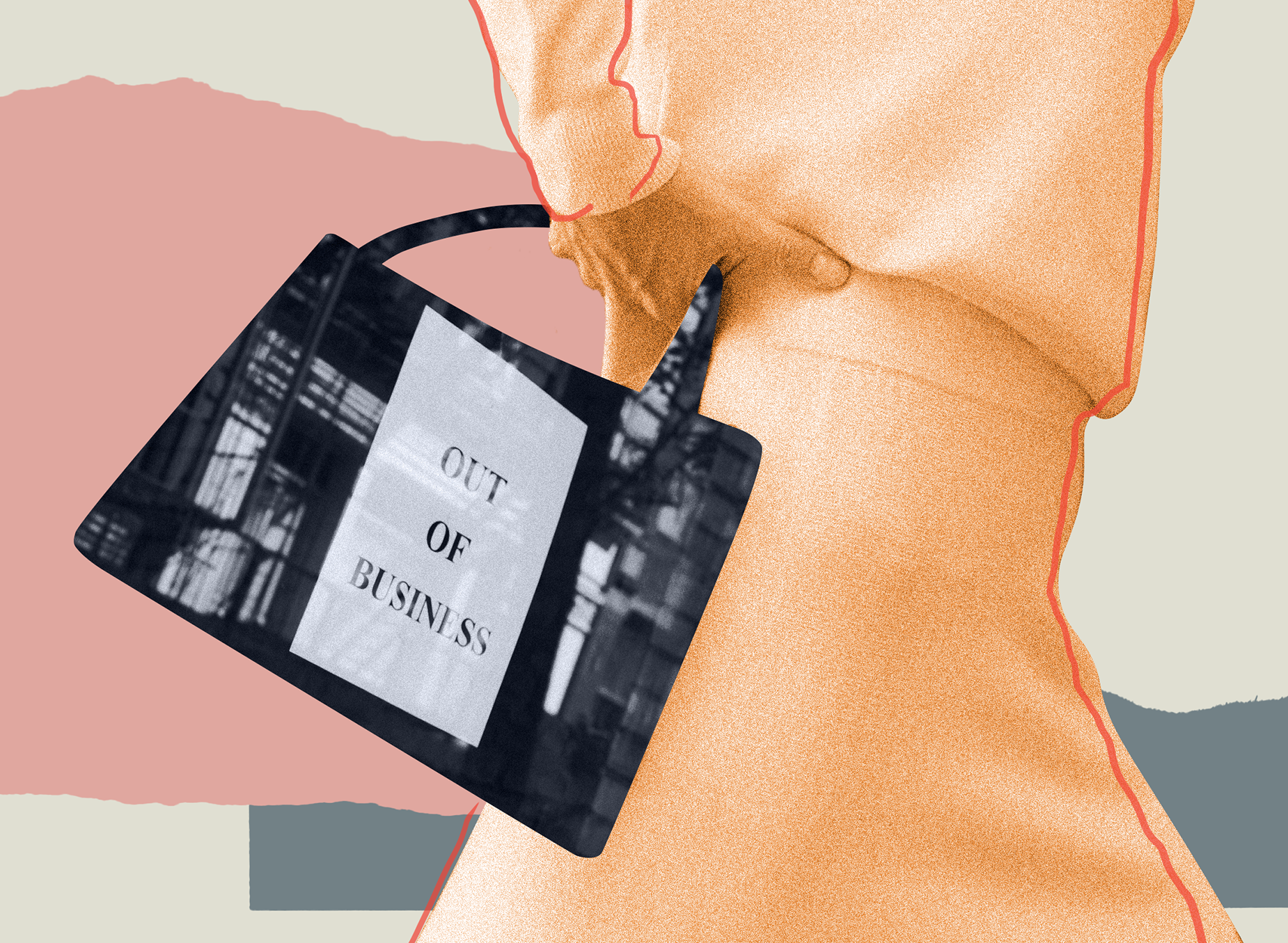
Lindsay is a 32-year-old woman hunting for a new purse. She’s looking for a classic shape—let’s say a top–handle shoulder bag— that can hold her cellphone, keys, and a few other little things. She needs it to last for at least five years without major wear–and–tear. She’s hoping not to splurge, so it can’t cost more than $300. If she could check it out at her nearest mall first (which she admits she hasn’t been to in a minute), that would be even better. And when people see it, she wants it to telegraph cool for as long as it can. No tacky hardware, no garish colors, nothing that screams: “This was on sale” or “Everyone on TikTok has it, so I got it, too.”
Where can Lindsay find her bag?
This fashion SAT question is harder to solve today than it was 15 or 20 years ago. It used to be that a cohort of American brands—in the vein of Michael Kors, Kate Spade, or Tory Burch—could pass as an answer. The bags were as aspirational as they were practical, and not limited to fashion capital boutiques or “if you know”–esque online stores. But that was then.
Now, prestige–lite brands still exist, but either price, product quality, or, worst of all, taste has got lost along the way. Just like the middle–class American shopper is getting squeezed out of home and car ownership, fashion’s middle–class brands are losing closet share and space on store shelves—or changing what they offer to move up or down market. It’s all to survive in a retail environment that’s become as polarized as American politics: Fifth Avenue–esque luxury dominates one end; blink–and–it’s–here fast fashion rules the other. In the center, “fashion’s middle market has been absolutely crushed,” says Dana Thomas, author of Fashionopolis: Why What We Wear Matters.

The segment, by its retail–analyst–approved definition, includes everything from mall directory staples (such as an Express or Gap), online startup darlings that go on to open stores (the likes of Outdoor Voices or Everlane), higher–end brands that don’t yet count as luxury (everyone under the Tapestry group banner), and the artsier independents. They’re supposed to give us a taste of the good life for a little less, without feeling lesser: upscale wardrobe basics, finely–made leather goods, hints of trickle–down runway trends (but not the overly avant–garde ones). This is apparently easier said than done. While many of the aforementioned brands still exist, they’re not all thriving. Express spent spring break 2024 in bankruptcy court. Retailers have closed 3,200 stores so far this year—an increase of 24 percent on 2023.
In fashion, specifically, shutdowns are being led by names in the center of the pack that have either lost the plot on design, pricing, or both. Brands that swore they would never have sales are marking down products left and right, because the items alone just aren’t compelling enough without a 50 percent off sticker.
The middle class of this middle class—the independents—has it the hardest. Those brands often have a more elevated design point–of–view, speaking to specific style niches (the cottagecore dress collector; the downtown minimalist) or single categories (such as a bag–only start up). They produce in small batches, without the literal and digital scale of a mass brand. Crucially, it’s not embarrassing to say something came from one; there’s cachet in being small. And yet.
“It’s such a struggle for them to survive in the current group-dominated environment,” Thomas says of brands without the backing of a bigger company to field the unsexy details of running a business, from sourcing to logistics. So instead of surviving, some burn out. Mara Hoffman, who specialized in size–inclusive, sustainably–sourced dresses and swimsuits, shut down her label in May, after the cost of running her brand simply got too high. Princess Kate Middleton’s stamp of approval couldn’t save The Vampire’s Wife—a U.K. brand with a good line of sparkly dresses—which closed its doors the same month, for the same reason.
In fashion, specifically, shutdowns are being led by names in the center of the pack that have either lost the plot on design, pricing, or both.
Or, they decide they don’t want to be perceived as middle class any more. Tory Burch is angling to be a capital–L luxury brand, to the delighted squeals of fashion editors and the confusion of its middle–America fans. The clothing is getting more experimental—see the series of ringed mini dresses in its Space Age–influenced Spring 2024 collection—and prices tend to start in the upper–hundreds for the items it showcases on social media and celebrity ambassadors. Yes, the logo ballet flats and standard square totes are still online—but if you don’t know to look for them, you might not know it.
Fashion with near–universal appeal should print money. Who among us doesn’t want a reasonably priced, not–too–advanced party dress or step–above–sensible loafer? We can’t all afford head–to–toe runway drip, and we don’t all want to wear it anyway, yet no one is consistently meeting shoppers in the middle. According to Thomas, the current landscape is really a “David and Goliath story—except Goliath is winning.”
In part, that’s because aspiration is now synonymous with luxury, not with simply being nice. The fashion search engine Lyst’s latest index of the world’s hottest brands, for example, features nothing but European luxury labels in its top 10: Loewe, Prada, Saint Laurent, and so on, whose starter handbags cost a month’s rent for a studio apartment in most major cities.
We can’t all afford head–to–toe runway drip, and we don’t all want to wear it anyway, yet no one is consistently meeting shoppers in the middle.
NYU Stern professor of marketing Thomaï Serdari explains that shoppers are often “lured” into buying European names when they’re ready to spend more; American brands haven’t quite cracked how to market their wares as desirably as the French and Italian conglomerates have. The mystique of something that feels “international” outweighs any homegrown design pride; a label that’s harder for native–English speakers to pronounce is shorthand for quality, apparently.
On our side of the Atlantic, we also haven’t figured out how to make paying more feel worthwhile on everyday clothing. Some middle–class brands, Serdari notes, are commercial to a fault—dealing in the kind of plain white T–shirts and clean slacks that are more a check off a restock list than a passion purchase. (In other words, they put the “mid” in “middle class.”) Sure, they might be made with 100 percent Pima cotton or handsewn in a family–owned shop, but if there’s a choice between just one of those garments and 10 for the same price from a fast fashion brand, sometimes we’re guilty of choosing door number two because it’s there and cheap. Ditto for the more special–occasion wear that’s barely worn twice.
It doesn’t help that middle–class shoppers themselves are in purchasing purgatory, according to McKinsey & Company partner Joëlle Grunberg, a leader of the consulting firm’s fashion and luxury group. Their salary increases haven’t kept up with inflation price hikes on discretionary goods, so their purchasing power has plateaued. They’re either choosing to save up for a single high–ticket item or save all–round by buying fast fashion in bulk. Grunberg notes that, even with a slight global luxury cooldown, some designer brands manage to stay dominant with help from inflation–proof, style–hungry customers. Swap handbags for leggings and sports bras, and the same story’s unfolding at challenger athleisure brands like On and Alo Yoga. At this rate, the defining Halloween costume for the 2020s could well turn out to be a Fabletics workout set worn with a Dior saddle bag.

There are, of course, exceptions to every rule. Abercrombie & Fitch pulled off a Gen Z–oriented turnaround resulting in 2023’s best-performing stock. Watering down the preppy polos and sexed–up imagery that defined the brand’s early–’00s heyday in favor of wedding guest dresses and denim in a broader size range has, it seems, worked. Elsewhere, J.Crew’s refreshed direction under new womenswear creative director and head of design Olympia Gayot has led to sold–out collaborations and viral TikTok styling videos. While it’s still the frequent site of online flash sales, it’s trending in a more elevated direction. After years of sluggish results, Gap reported its first growth in months by getting back to what it should have done all along: making denim and closet classics, and not extending into too much else.
These brands are all starting to resonate again because they’re getting back to the heart of what can make a middle–class brand special, at least at the lower–price end of the pool. They’re not impossible to afford, and their clothes look good. (Or better than they used to.) With time, they might not be outliers. “A lot of these brands in the middle are going through some type of turnaround journey and time will tell if it’s successful or not successful,” Serdari says.
All hope isn’t lost for shopping’s upper middle class, either. Loeffler Randall is on its way to becoming an $80 million business by 2025, buoyed by its mastery of wedding reception–friendly heeled sandals and whimsical day dresses. Veronica Beard has expanded from a single jacket style (designed in 2010) to a full work–and–weekend wardrobe that’s sold internationally.
That said, the potential to get back on track with more compelling products and better pricing remains, to no small degree, a matter of access. While it’s true that the Abercrombies and J.Crews might be at a disadvantage against a global fast fashion player, they’re still multi-billion dollar companies. Those beloved independents, meanwhile, are almost entirely on their own, unless they’re scooped up by a deep-pocketed investor.
The middle might be shrinking, but it’s not dead just yet. On that Lyst ranking we mentioned earlier, Coach slid into 20th place—the sole American mass market designer to make the list. The brand is riding a wave of cool–girl endorsements by the likes of Olivia Rodrigo and Bella Hadid—and it is also once again stocking perfectly respectable leather totes for $300 or less.
Turns out there’s at least one place our hypothetical shopper can find her ideal bag, after all.
This story appears in the 2024 Changemakers Issue of Marie Claire.







